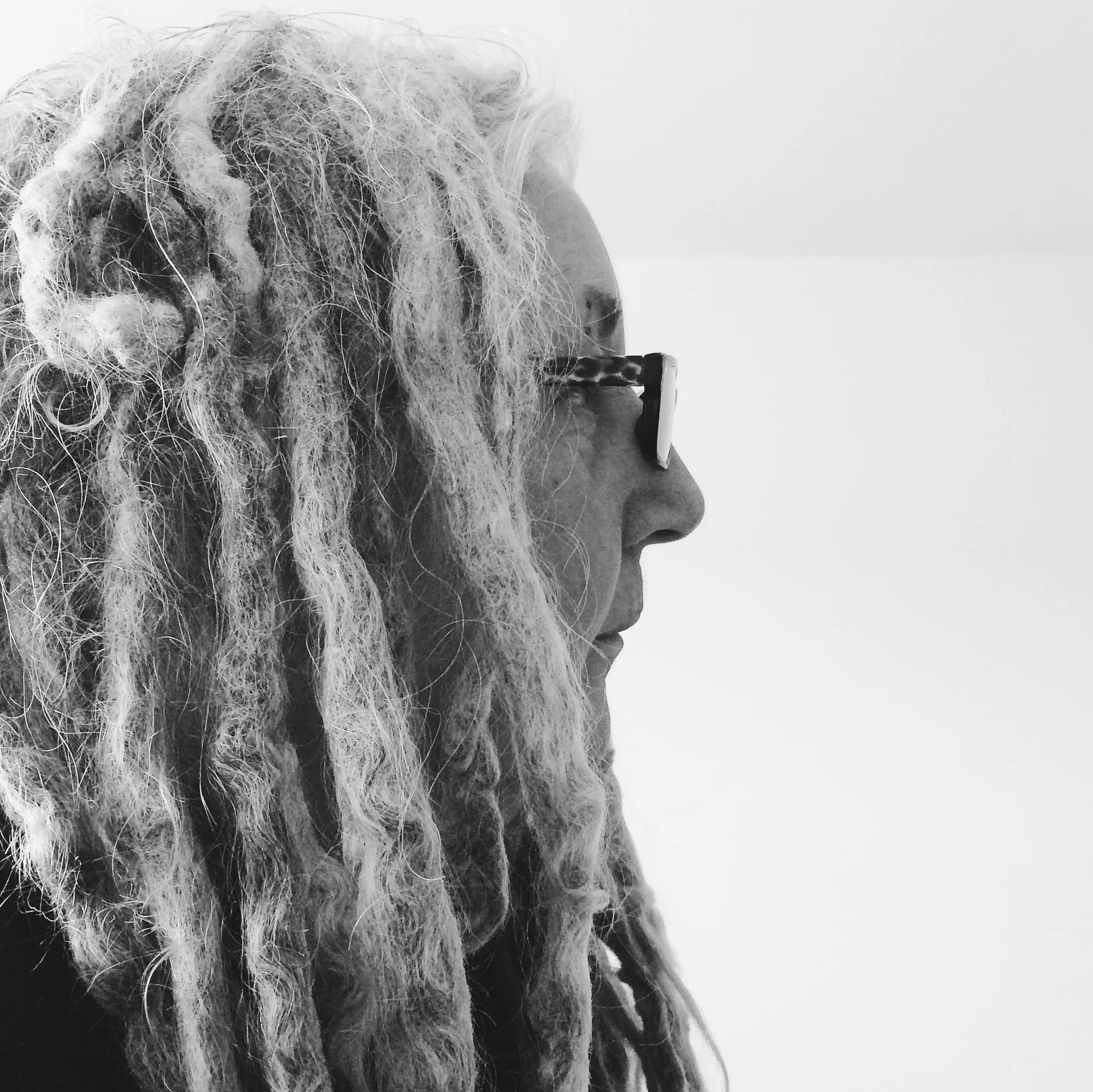New England's Historic Rum Trade
New England's Historic Rum Trade
Words by Katherine Hysmith
Illustrations by Nick Devine
Long characterized by a patriotic distrust of tea and the Imperial shackles that accompanied each sip, New England has, in fact, a more significant relationship with a much stronger spirit.
Kill-Devil. Oh be Joyful. Rumbullion. Demon Rum. There were as many names for the spirit as there were ways to drink it. Rarely consumed plain – or neat as we say today – rum was often combined with all manner of tonics including spring water, citrus juices, freshly grated spices, small and dark beers, warmed through with cream, hot butter, or whipped into a frenzy with eggs. And recipes varied from tavern to tavern and house to house.
A stone-fence combined rum and hard cider, a rattle-skull with porter, lime, and nutmeg. A flip was made with rum, beer, molasses, and eggs, and stirred altogether with a red-hot fire poker. A callbogus mixed cold rum and beer, a drink called blackstrap was sweetened with more molasses, while switchel, made with vinegar, molasses, and water, became a stronger drink when liberally fortified with rum. Recipes for infamously intoxicating punch were handed down through the generations with a few simple lines of rhyme: “one of sour, two of sweet, three of strong, four of week.”
While hesitant to admit to any similarities to their English ancestors, the colonists inherited an insatiable sweet tooth that was cheaply satisfied with molasses purchased from foreign plantations in the West Indies. Molasses – that dark, smoky byproduct born from refined cane sugar – was a ubiquitous flavor of New England life and found in everything from baked beans to humble brown bread. And, of course, rum. By the middle of the 17th century, Rhode Island boasted more than two dozen distilleries and Massachusetts had over sixty. Essentially, stills were built wherever molasses was brought to shore.
Tied up with the unsavory market of the infamous Triangle Trade, the production of New England rum was both a turning point in transatlantic commerce and a brazen step towards liberty. Using methods handed down from our European ancestors and ingredients procured from the New World, colonists created a profitable niche in 18th century spirit sales. At the peak of its popularity, colonials supposedly consumed more than 5 gallons of rum per person each year, paying mere shillings per gallon.
Threatened by this new line of economic independence, the British Parliament imposed a tax of six-pence per gallon on imported molasses, an act that ruffled feathers decades before the Sugar and Tea Acts were ever drafted. Throughout the area, bans and legal measures were passed to limit or halt distillation, but New England’s thirst proved more powerful than the law.
Colonists happily adopted their patriotic posts as rum runners and smugglers, helping the spirit to spread like wild fire and firmly fix itself into New England culture. By the end of the century, it wasn’t tea, of course, that helped light the fire in Paul Revere on that historic night, but a swig of strong Medford rum.
All good things must come to an end. Westward expansion into America’s Great Plains eventually gave way to the rise of whiskey. Prohibition hammered another nail into rum’s untimely coffin, leaving New England distilleries dry and locals parched for the spirit that once united them.
But something is brewing along the New England coastline once again.
From the shores of Portland, Maine to the rocky cliffs of Newport, Rhode Island, and dotted along the historic springs and river valleys throughout the area, rum distilleries – both old and new – are popping up once again, taking full advantage of our Nation’s affinity for heritage libations and crafting spirits like its 1792. That is, they employ the same methods that their forefathers once used – cane sugar or molasses base, copper pot stills, and barrel aging. Firmly grounded in history with detailed backstories, honorific titled rums, and founders set on doing things the hard way, many of these distilleries are producing their spirits with New England agricultural products and returning any byproducts, like mash, back to local farmers to complete an economic and environmental cycle older than our own nation. A feat worthy a toast or two
- The New England Rum Trail -
1. Turkey Shore Distilleries
23 Hayward Street, Ipswich, MA
Make: Lab & Cask Reserve Rum (86 proof), Old Ipswich “White Cap” Rum (80 proof), Old Ipswich “Tavern Style” Rum (80 proof), Old Ipswich “Greenhead” Spiced Rum (80 proof), Old Ipswich “Golden Marsh” Spiced Rum (80 proof)
2. GrandTen
383 Dorchester Ave., Boston, MA
Make: Medford Rum (80 proof)
Named after the famed Medford rums of the 18th century, GrandTen crafts theirs using blackstrap molasses and wild New England yeast.
3. Bully Boy Distillers
35 Cedric Street, Boston, MA
Make: White Rum (80 proof), Boston Rum (80 proof), Hub Punch (70 proof)
Reviving a popular local punch recipe from the late 1800s, Bully Boy’s Hub Punch mixes proprietary botanicals with rum and citrus.
4. Sea Hagg Distillery
135 Lafayette Road, Unit 9, North Hampton, NH
Makes: Sea Hagg Silver Rum (80 proof)
Handbottled and dipped in wax.
5. Privateer
Ipswich, MA
Makes: True American Rum (90 proof), Silver Reserve Rum (80 proof)
The company found inspiration for its name in the founder’s ancestor Andrew Cabot’s profession as an 18th century privateer and rum distiller. Each bottle can be traced back to its original batch and matched with corresponding “batch notes” on the company’s website. These notes include specific distiller data – like barrel numbers and “coupe” percentage – as well as lines about taste and flavor, “straw and sweet hay, honey…golden grape,” “river rock and mineral,” “stewed stone fruit notes,” “supple shortbread, white wood and spice.” Distiller’s poetry.
6. Ryan & Wood Distilleries
15 Great Republic Drive, Gloucester, MA
Makes: Folly Cove Rum (80 proof)
The rum is named for Gloucester’s famous Folly Cove, the secret site of smugglers and shipwrecks.
7. Berkshire Mountain Distillers
356 South Main Street, Sheffield, MA
Makes: Ragged Mountain Rum (80 proof)
As owner Chris Weld says, “water is the cornerstone of spirits.” He makes his rum with water from the same historic natural Sodium springs that once drew visitors from all over New England.
8. Dunc’s Mill
St. Johnsbury, VT
Makes: Maple Rum (70 proof), Elderflower Rum (70 proof), Backwoods Reserve Rum (80 proof)
Each rum is infused with natural botanicals – like wild-picked elderflowers and sugar maple - found in Vermont.
9. New England Distilling
26 Evergreen Drive, Portland, ME
Makes: Eight Bells Rum (90 proof)
Named after the illustration “Eight Bells – Mid-day Observation” by Winslow Homer which refers to a sailing tradition of ringing the ship’s bell to signal different hours of the watch.
10. Newport Distilling Co.
293 JT Connell Road, Newport, RI
Makes: Thomas Tew Single Barrel Rum
The first licensed distillery in the state in 135 years.
11. Triple Eight Distillery
Cisco Brewers, Nantucket, MA
Makes: Hurricane Rum (88.8 proof)
The overproofed rum is released each year during hurricane season and aged in bourbon casks.
12. Maine Craft Distilling
101 Fox Street, Portland, ME
Makes: Queequeg Spiced Rum (90 Proof), Ration Rum (90 Proof), Tashtego White Rum (80 proof).
A “farm-to-flask” distillery with rums named after characters from New England author Herman Melville’s Moby Dick.
13. Flag Hill Distillery
297 North River Road, Lee, NH
Makes: Flag Hill White Rum (80 proof), Flag Hill Spiced Rum (80 proof)
The spiced rum is sweetened ever-so-slightly with local NH maple syrup






